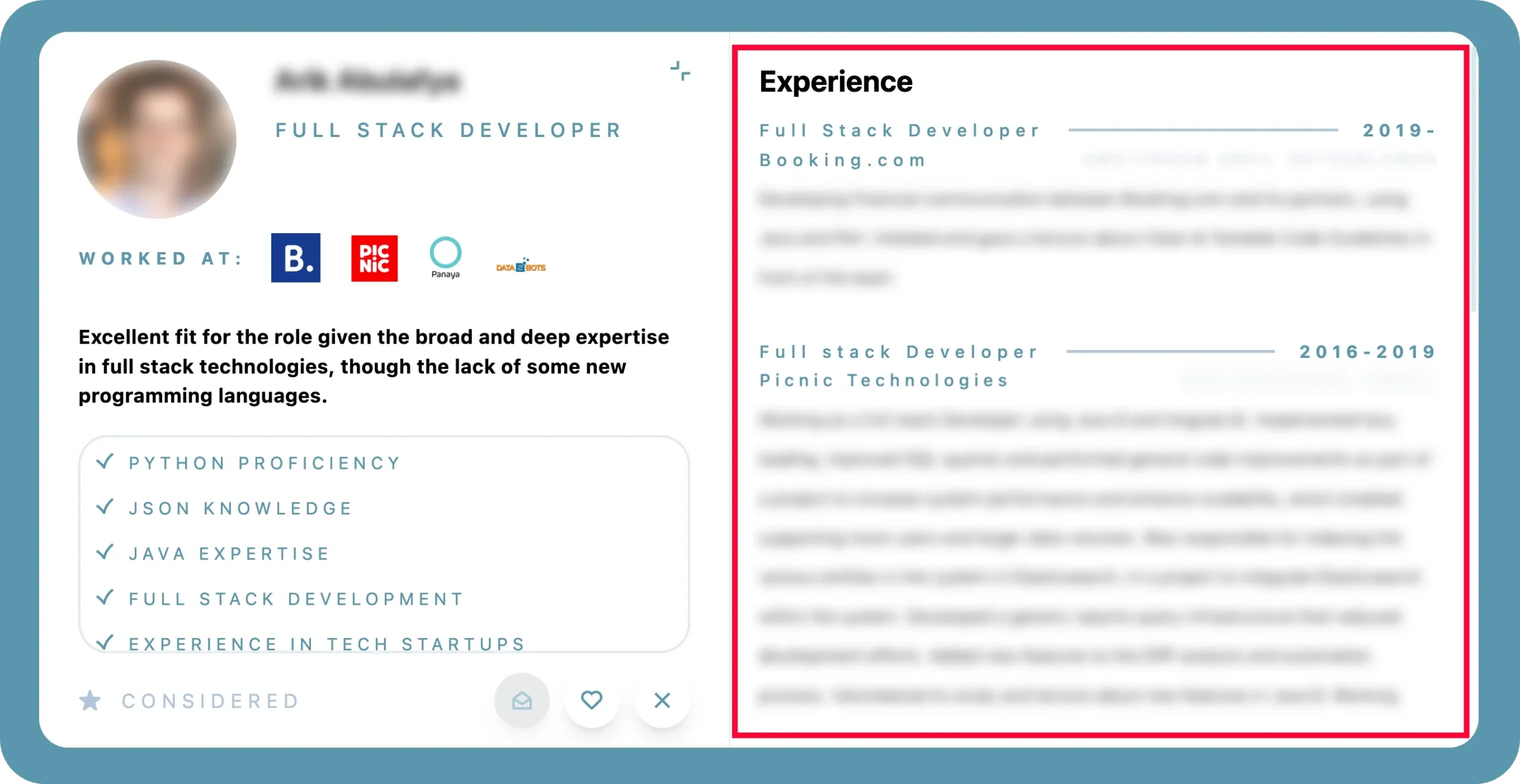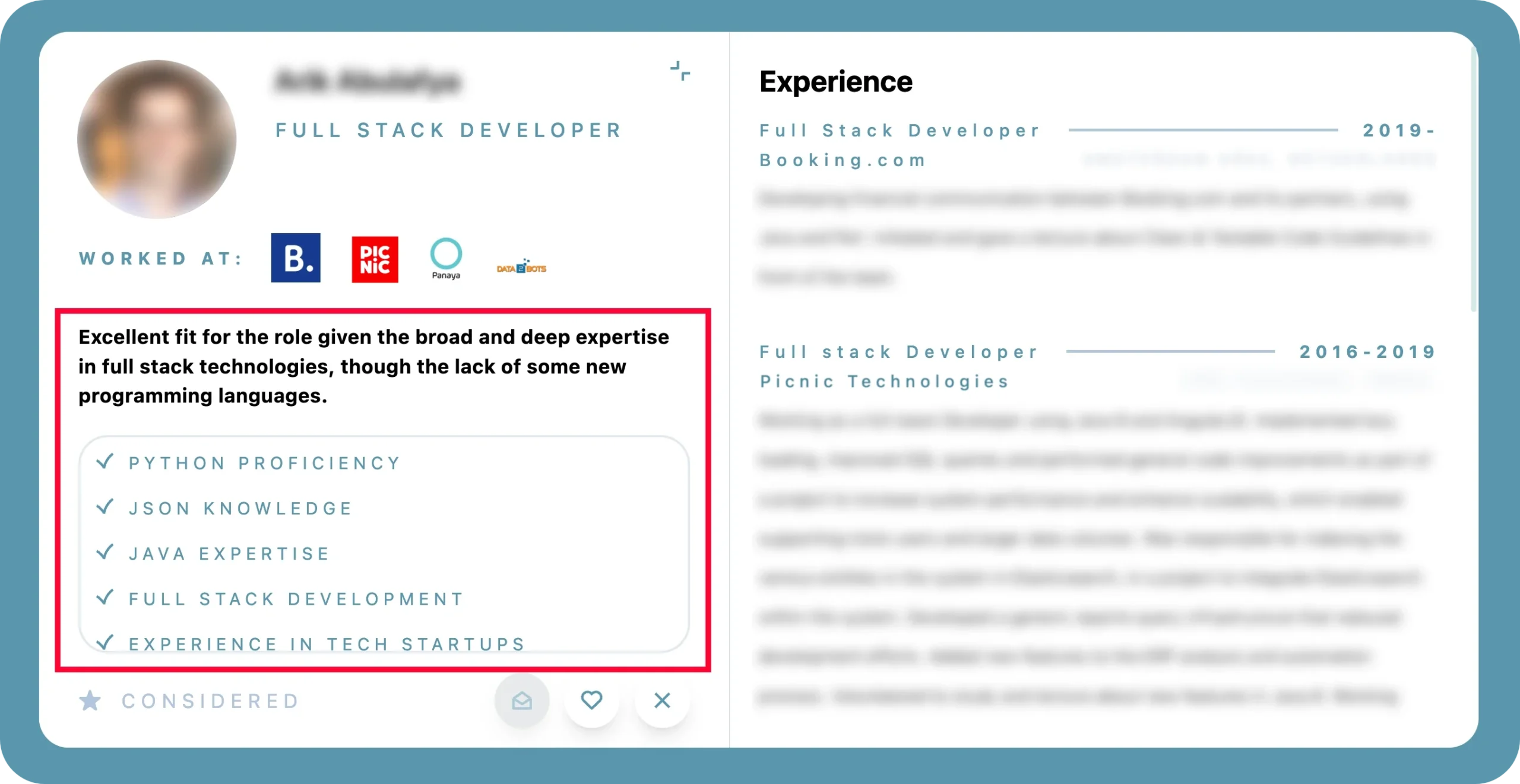

To begin with, thoroughly examine the candidate's career history to gain insights into their professional journey. Next, look at the scope and complexity of their previous roles, the industry-specific experience, and their impact and achievements in those roles. Additionally, evaluate the duration of their tenure at each organization to understand job stability and commitment levels.
Firstly, assess the impact of the candidate’s contributions in previous roles by looking for quantifiable achievements such as revenue growth, process improvements, or successful project completions. Furthermore, understanding the size and market position of previous employers can also provide context for these achievements.
Evaluating the duration of tenure at each organization is crucial to understanding the candidate's job stability and commitment levels. Consequently, frequent short stints might indicate a red flag, unless justified by project-based work or industry norms. Therefore, it's important to consider the context of job changes, such as industry downturns or company closures.
To start, verify the authenticity of claimed technical skills by looking for certifications, training programs, or specific projects. For example, for roles like software development, review any available code repositories or project portfolios for a direct assessment of technical capabilities.
First, evaluate communication skills and teamwork through descriptions of collaborative projects and leadership roles. This is especially vital for roles that entail leading teams or managing client relationships. Additionally, assess their ability to adapt and learn new technologies, which is critical for fast-paced industries.
Importantly, a candidate's professional network can offer significant insights into their industry involvement and reputation. Therefore, examine the strength and relevance of their professional connections and seek detailed references that can provide insights into their work style, efficiency, and previous job performance.
Firstly, analyze how well the candidate’s values align with your company’s mission and culture. Next, understand their career objectives to ensure they align with the growth opportunities available at your company. Additionally, for leadership roles, consider whether the candidate’s strategic vision for their career path aligns with the company’s long-term plans.
Common mistakes include ignoring early career roles, not considering the context of job changes, overlooking ongoing education and professional development, and misaligning a candidate's expectations with the realities of the role. Furthermore, ensure you also focus on the quality rather than the quantity of professional connections.
We would love to know you a little bit better so that we can help you faster.
